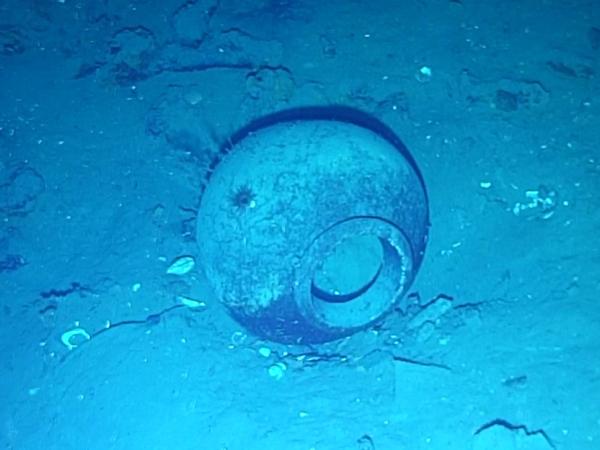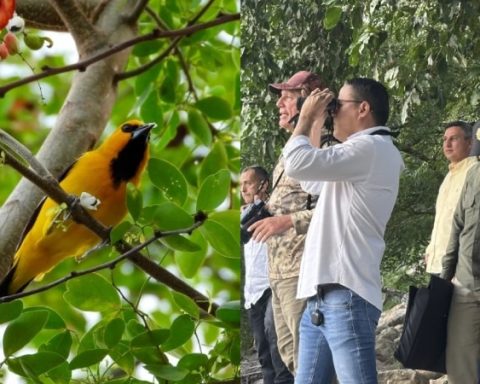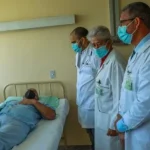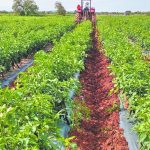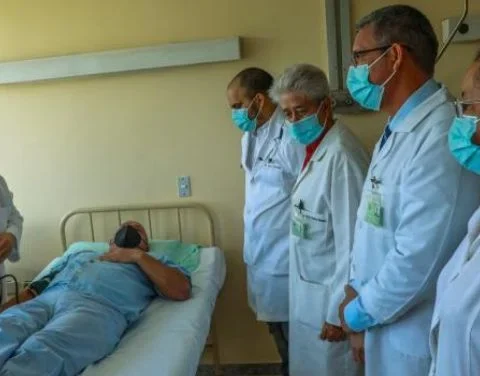The archaeological expedition carried out two months ago by the Colombian Government to the area where the Spanish galleon San José is located, sunk by English privateers in the 18th century off the coast of Cartagena de Indias, He discovered structural components of the ship such as an anchor and containers such as glass bottles and jars.
“The results of the exploration revealed a map of archaeological evidence never seen before, significantly expanding what was known until now.“The Colombian government said in a statement on Thursday, stating that the investigation was carried out between May 23 and June 1 of this year.
(See: The area where the San José galleon is located was declared a protected archaeological area).
The National Navy’s exploration of the seabed covered an area of 461,307 square meters, equivalent to more than 40 football fields, and revealed that the shipwreck area has higher concentrations of archaeological material.
The information added that in 2022 concentrations of archaeological remains were detected in the area but this year’s expedition “allowed these accumulations to be characterized in greater detail and new isolated elements to be discovered“.
“Among the findings are structural components of the ship (an anchor, rings, a possible nail) and everyday objects (jugs, glass bottles and a basin).“said the statement from the Colombian Institute of Anthropology and History (ICANH).
The Government declared ‘Protected Archaeological Area of the Nation’ the area where the galleon is located, found in 2015 at a depth of more than 600 meters, to begin the investigation.
“The discovery of new concentrations of archaeological material in the wreck of the San José galleon reveals the complexity of analyzing this historical event since its sinking“said Maritime Director General, Vice Admiral Fabio Giraldo Gallo.
(See: Colombian government denies ‘human intervention’ in alleged looting of San José galleon).
The officer stressed that the location, registration and documentation of this evidence “They are essential to understand the distribution of the materials that make up the galleon and also the dispersion of its remains in the Protected Archaeological Area.“.
Giraldo added that in order to fully understand the San José, “all elements of the ship are studied, from the stern to the smallest details.”
Pieces of the San José Galleon.
Colombian Navy
Expand knowledge
The general director of Icanh, Alhena Caicedo, He said that the identification of these new accumulations and artifacts expands knowledge about the spatial distribution of the wreck.
“We believe that there is a possibility of finding new traces that expand the information we had had so far, obtained in 2022.“, said the anthropologist.
Caicedo pointed out that with The information obtained will allow us to identify important aspects of what was inside the galleon. and will also reveal “fundamental aspects about life on board, the way the crew was arranged, the type of artifacts that were used on the boat and how the goods were being taken from one place to another“.

San Jose Galleon.
Private Archive
Disputes between Colombia and Spain
The San José, which belonged to the Spanish Navy, was sunk by a fleet of English privateers on June 8, 1708 when it was heading to Cartagena de Indias loaded, according to chronicles of the time, with around 11 million eight-escudo coins in gold and silver that he had collected at the Portobelo fair (Panama).
(See: Galeón San José would be treated as shared heritage by Colombia and Spain).
After the announcement of the discovery of the wreck, disputes arose between Colombia and Spain, since the latter country claims that because it is a “state ship” with its flag, UNESCO rules protect him from claiming ownership.
The Colombian Government, which declared San José “submerged cultural asset“He does not rule out collaboration with Spain to treat the wreck as a shared heritage.
EFE
